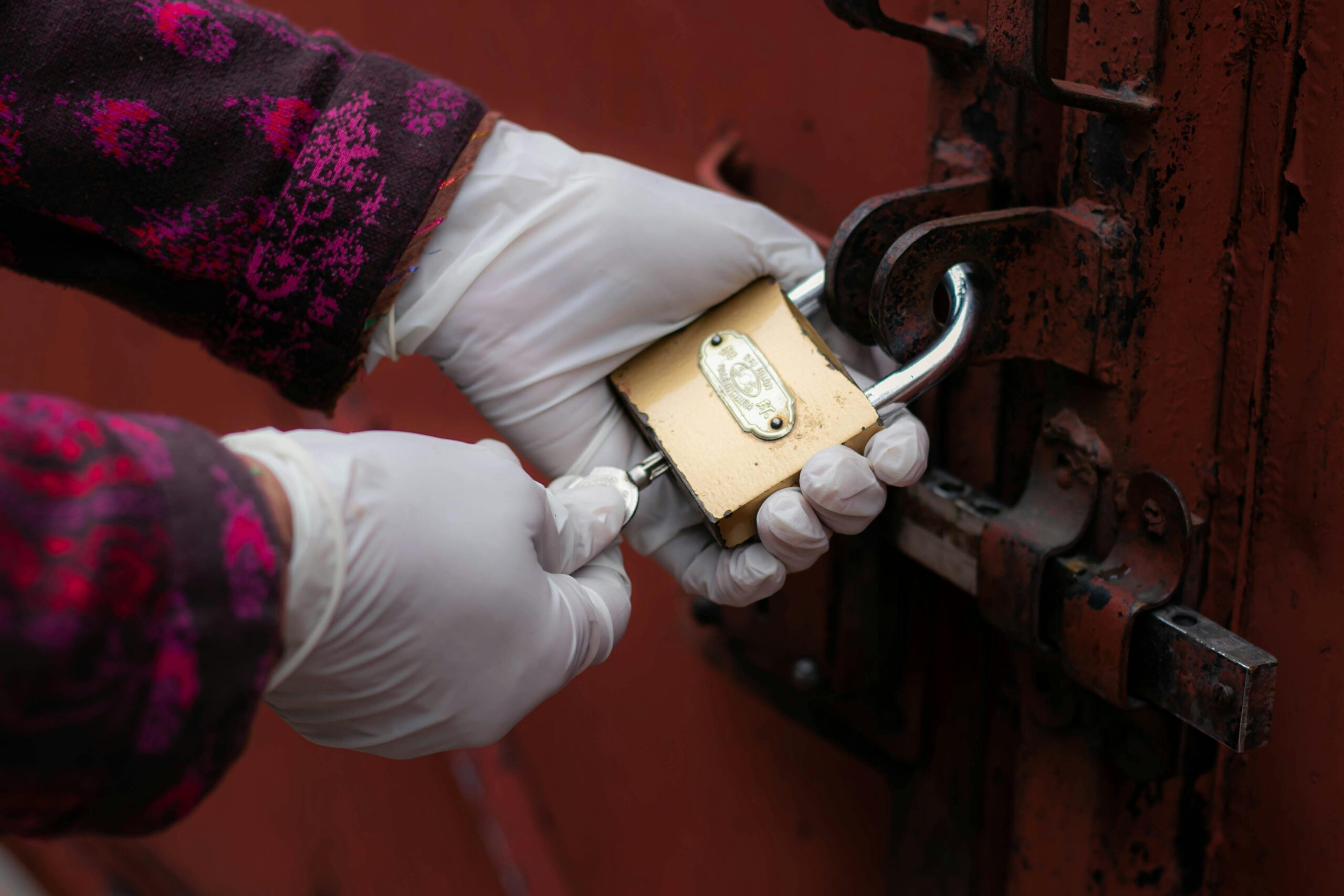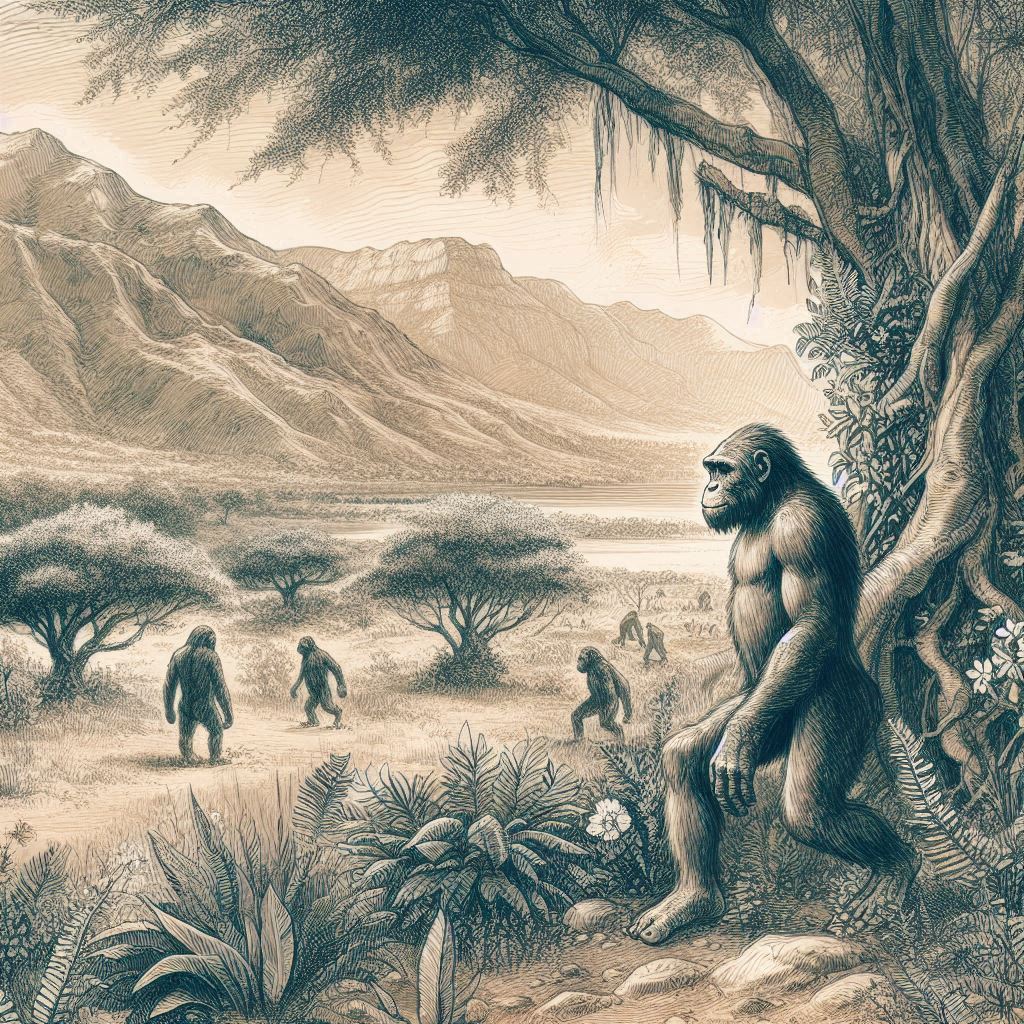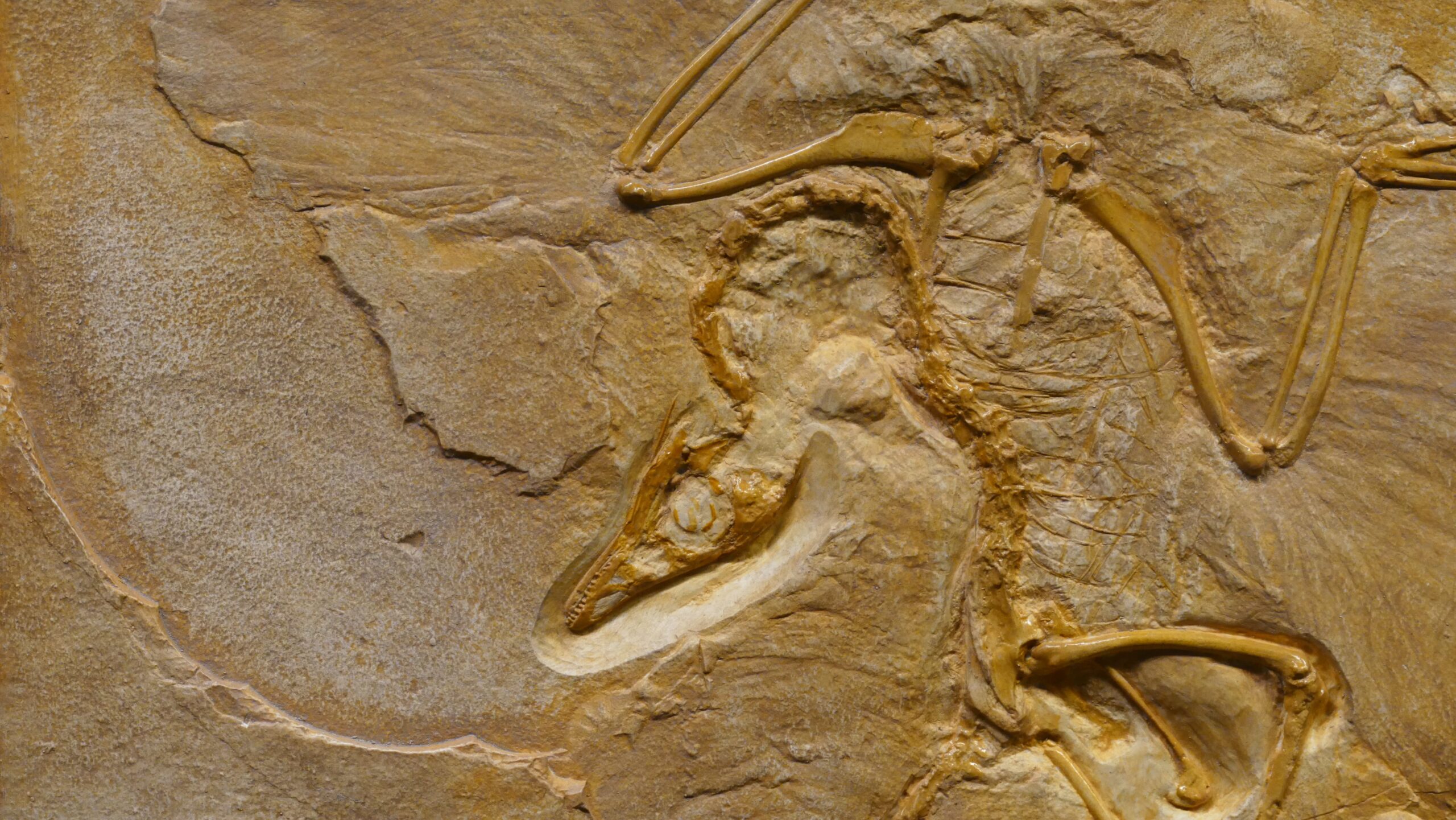Tag: evolution
-

Who owns ancient DNA?
Owning ancient DNA is not just a scientific or legal issue. it is all about identity, heritage, and justice. Researchers and institutions often argue that ancient DNA is a scientific resource that belongs to humanity as a whole. Many Indigenous and descendant communities argue that they have a moral and cultural right to control the use…
-

Greenland’s sediment DNA
The Kap København Formation in northern Greenland is a basic site for the study of ancient DNA (aDNA). In 2022, a study found the recovery of 2-million-year-old DNA from these sediments, making it the oldest DNA ever sequenced. This discovery has provided unmatched insights into the ecosystems of the early Pleistocene, a time when Greenland’s…
-

Archaic Hominin Admixture
Archaic Hominin Admixture: Paleogenomic studies have found that modern humans interbred with Neanderthals and Denisovans, and that some of us carry DNA from these archaic hominins. Among the discoveries of Paleogenomics, is the evidence of interbreeding between modern humans and archaic hominins like Neanderthals and Denisovans. These are extinct human relatives who lived alongside or before early…
-

Genes of ancients
Genes of ancients: aDNA helps reconstruct the genomes of extinct species like Neanderthals and Denisovans. By comparing their DNA with modern humans, scientists can determine how closely related we are and identify genes that make us uniquely human. Tracking genetic changes over time: aDNA reveals how genes have changed and evolved in response to environmental…
-
Computational evolution
Computational evolution is a interesting field that uses computational methods to study and simulate evolutionary processes. It draws inspiration from biological evolution, employing concepts like natural selection, mutation, recombination, and genetic drift to solve problems and understand complex systems. Evolutionary Algorithms: These are a family of algorithms inspired by biological evolution, used for optimization and…
-

Paleogenomics
Paleogenomics is a interesting field that combines the study of ancient DNA with genomics. It allows scientists to investigate into the past and learn about the evolution, migrations, and adaptations of extinct species, including our own ancestors. Ancient DNA (aDNA) is DNA extracted from ancient remains like bones, teeth, hair, and mummified tissues. The preservation…
